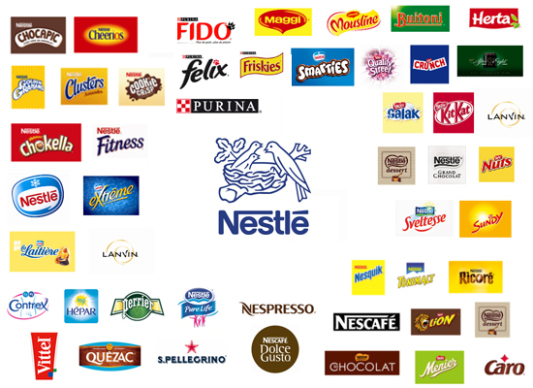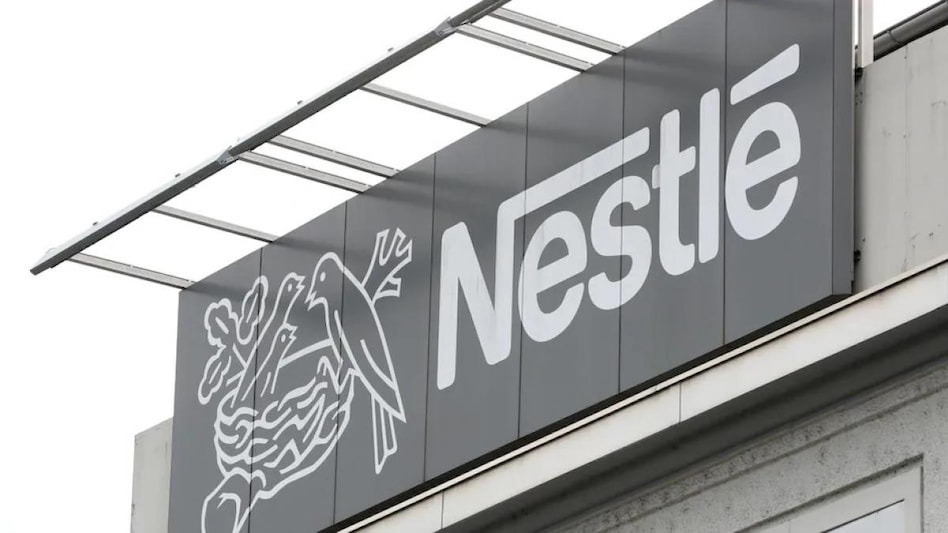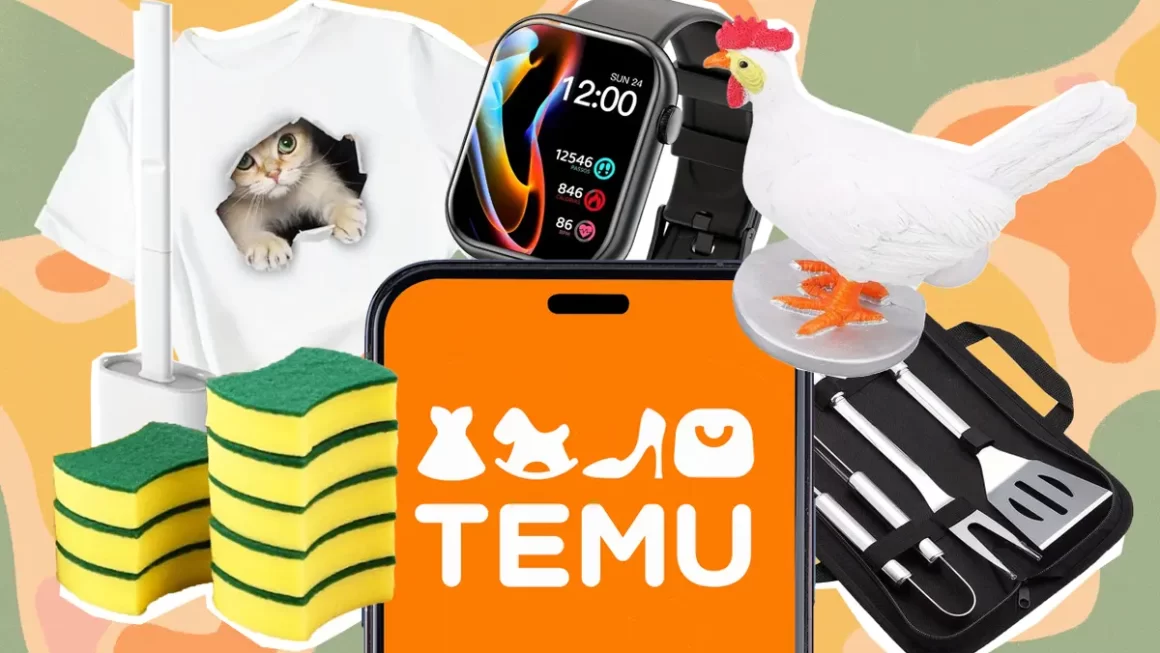Nestle is a global food and beverage company that operates in over 190 countries. As a company with a diverse range of products and brands, Nestle’s brand architecture is organized into four levels: corporate brand, strategic business units (SBUs), product brands, and individual product items.

Corporate Brand
Nestle’s corporate brand is the top-level brand in its brand architecture. It represents the company as a whole and provides a unifying identity across all of its products and brands. The corporate brand reflects the company’s values and overall mission, and it is built on Nestle’s reputation for quality, trust, and innovation.
Nestle’s corporate brand is an important part of its brand architecture because it serves as a foundation for all of its other brands. It provides a common thread that ties together the different products and businesses that make up Nestle, and it communicates the company’s commitment to its customers, employees, shareholders, and the communities in which it operates.
Nestle’s corporate brand is represented by its logo, which features the company name in blue letters with a stylized bird’s nest above it. The logo is designed to be simple, recognizable, and memorable, and it is used on all of Nestle’s marketing and communications materials.
One of the key aspects of Nestle’s corporate brand is its focus on sustainability and social responsibility. The company has made a commitment to being a responsible corporate citizen, and it has implemented a number of initiatives to promote sustainable practices and support the communities in which it operates. For example, Nestle has established a global program called Creating Shared Value (CSV), which is designed to create long-term value for the company and society by focusing on areas such as nutrition, water, and rural development.
Nestle’s corporate brand also plays an important role in the company’s reputation management. As a large and complex organization with operations in many different countries, Nestle is exposed to a wide range of risks and challenges. The corporate brand helps to mitigate these risks by providing a consistent message to stakeholders and reinforcing the company’s commitment to ethical business practices.
Overall, Nestle’s corporate brand is a critical component of its brand architecture. It serves as a foundation for all of the company’s other brands and provides a unifying identity across its diverse range of products and businesses. The corporate brand reflects Nestle’s values and commitment to sustainability and social responsibility, and it helps to reinforce the company’s reputation as a trusted and respected global brand.
Strategic business units (SBUs)
Strategic business units (SBUs) are a key component of Nestle’s brand architecture. Each SBU is responsible for a particular product category or market segment, and operates as a separate business within the company. Nestle has several SBUs that are organized around different product categories, including beverages, confectionery, nutrition, prepared dishes and cooking aids, and petcare.
Each SBU has its own distinct brand identity and positioning, but they are all part of the larger Nestle brand. The SBUs are responsible for developing and marketing their own products, but they also work closely with other SBUs and with the corporate brand to ensure consistency and alignment across all of Nestle’s products and brands.
The beverage SBU is one of the largest and most important for Nestle. It includes a range of coffee and tea brands, including Nescafe, Nespresso, and Taster’s Choice. The SBU is responsible for developing and marketing these products, as well as for managing the distribution and sales channels for the beverages.
The confectionery SBU includes Nestle’s chocolate and candy brands, including KitKat, Crunch, and Smarties. This SBU is responsible for developing and marketing these products, as well as for managing the supply chain and distribution channels for the confectionery products.
The nutrition SBU includes Nestle’s health and wellness brands, including Boost, Carnation, and Gerber. This SBU is responsible for developing and marketing these products, as well as for managing the research and development efforts for the nutrition products.
The prepared dishes and cooking aids SBU includes Nestle’s culinary brands, including Maggi, Stouffer’s, and Hot Pockets. This SBU is responsible for developing and marketing these products, as well as for managing the supply chain and distribution channels for the prepared dishes and cooking aids.
The petcare SBU includes Nestle’s pet food brands, including Purina, Friskies, and Fancy Feast. This SBU is responsible for developing and marketing these products, as well as for managing the research and development efforts for the petcare products.
Overall, the strategic business units are an important part of Nestle’s brand architecture because they allow the company to focus on specific product categories and market segments, while still maintaining consistency and alignment with the overall Nestle brand. The SBUs help to ensure that each product category is managed effectively and efficiently, and that the products are marketed and distributed in a way that is consistent with Nestle’s overall brand strategy.
Product Brands
Product brands are another important part of Nestle’s brand architecture. These are the individual brands that make up Nestle’s portfolio of products, and they are organized under the company’s strategic business units (SBUs). Nestle has a diverse range of product brands, covering everything from beverages and confectionery to nutrition and petcare.
One of Nestle’s most well-known product brands is Nescafe, which is part of the beverage SBU. Nescafe is a line of instant coffee products that are sold in over 190 countries. The Nescafe brand is known for its consistent quality and rich flavor, and it is one of the most popular coffee brands in the world.
Another important product brand for Nestle is KitKat, which is part of the confectionery SBU. KitKat is a chocolate-covered wafer bar that was first introduced in the UK in 1935. The KitKat brand is known for its distinctive shape and catchy slogan (“Have a break, have a KitKat”), and it is sold in over 80 countries.
In the nutrition SBU, Nestle has several product brands that are focused on health and wellness. One of the most well-known is Boost, which is a line of nutritional drinks that are designed to provide energy and protein for people who are recovering from illness or surgery. Boost is sold in several countries and is a trusted brand in the health and wellness space.
Another important product brand for Nestle is Gerber, which is part of the nutrition SBU and is focused on infant and toddler nutrition. Gerber is known for its line of baby foods and snacks, and it is a trusted brand for parents who want to ensure that their children are getting the nutrition they need to grow and develop.
Finally, in the petcare SBU, Nestle has several product brands that are focused on providing high-quality nutrition for pets. One of the most well-known is Purina, which is a line of dog and cat food products that are sold in several countries. Purina is known for its commitment to quality and nutrition, and it is a trusted brand for pet owners who want to ensure that their pets are getting the best possible nutrition.
Overall, Nestle’s product brands are an important part of its brand architecture because they represent the individual products that consumers interact with on a daily basis. These brands are organized under the company’s SBUs, which allow Nestle to focus on specific product categories and market segments while still maintaining consistency and alignment with the overall Nestle brand. By developing strong product brands that are trusted by consumers, Nestle is able to build long-term relationships with its customers and maintain its position as a leader in the global food and beverage industry.
Individual Product Items
Individual product items are the smallest and most specific part of Nestle’s brand architecture. These are the individual products that make up the company’s product brands, and they are designed to meet the specific needs and preferences of consumers. Nestle has a vast portfolio of individual product items, covering everything from coffee and chocolate to baby food and pet food.
For example, under the Nescafe product brand, Nestle has several individual product items, including Nescafe Gold, Nescafe Classic, and Nescafe Dolce Gusto. Each of these products has its own unique flavor profile and is designed to meet the specific needs and preferences of different consumers. Nescafe Gold is a premium coffee that is made from high-quality beans and has a rich, full-bodied flavor, while Nescafe Dolce Gusto is a line of single-serve coffee pods that are designed for convenience and ease of use.
Similarly, under the KitKat product brand, Nestle has several individual product items, including KitKat Chunky, KitKat Mini, and KitKat Senses. Each of these products has its own unique shape and flavor profile, and they are designed to appeal to different types of consumers. KitKat Chunky is a larger, more substantial version of the classic KitKat bar, while KitKat Senses is a smaller, more indulgent version that is designed to be enjoyed as a special treat.
In the nutrition SBU, Nestle has several individual product items that are focused on providing targeted nutrition for specific needs. For example, under the Boost product brand, Nestle has several individual product items, including Boost Original, Boost High Protein, and Boost Glucose Control. Each of these products is designed to meet the specific needs of consumers who are recovering from illness or surgery, or who have other nutritional needs.
Similarly, under the Gerber product brand, Nestle has several individual product items that are focused on providing nutrition for infants and toddlers. These include Gerber Purees, Gerber Lil’ Crunchies, and Gerber Puffs. Each of these products is designed to meet the specific nutritional needs and preferences of babies and toddlers, and they are made with high-quality ingredients that parents can trust.
In the petcare SBU, Nestle has several individual product items that are focused on providing high-quality nutrition for pets. These include Purina Pro Plan, Purina ONE, and Purina Beneful. Each of these products is designed to meet the specific nutritional needs of different types of pets, and they are made with high-quality ingredients that pet owners can trust.
Overall, individual product items are an important part of Nestle’s brand architecture because they represent the specific products that consumers interact with on a daily basis. By developing a diverse portfolio of individual product items that meet the specific needs and preferences of different consumers, Nestle is able to build long-term relationships with its customers and maintain its position as a leader in the global food and beverage industry.
Also Read: Exploring the Brand Architecture of HUL
Also Read: Exploring Brand Architecture Of PepsiCo
To read more content like this, subscribe to our newsletter



